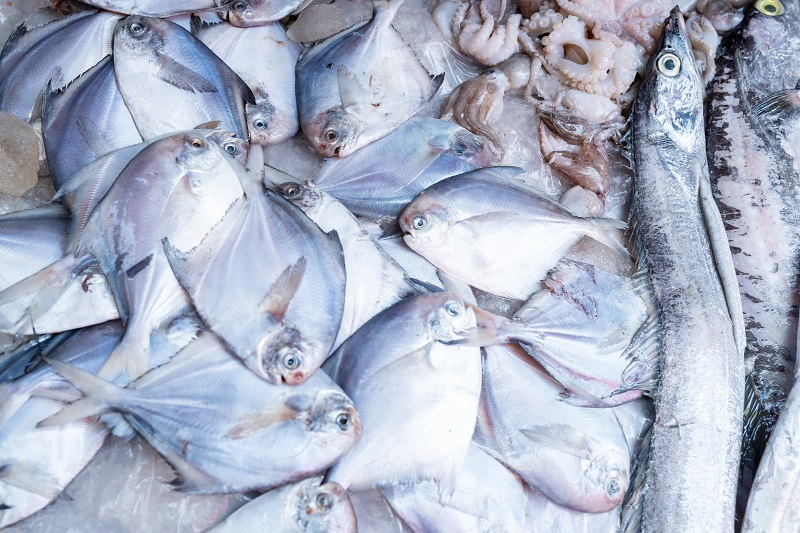quick freezers, as a food processing and preservation equipment, are widely used for freezing a variety of foods. By applying the principle of rapid freezing at low temperatures, quick freezers prevent the loss of moisture within the cells, effectively preserving the original flavor, nutritional content, and texture of the food. In practical applications, quick freezers are suitable for a wide range of food types, as detailed below.
quick freezers are particularly effective for freezing various types of vegetables. Through rapid freezing, the cellular structure of vegetables is cooled instantly, thus preserving their original color and nutritional content. For example, common vegetables like peas, corn, carrots, and green beans retain their vibrant color and crisp texture after being blast frozen. This makes frozen vegetables popular in the market and a convenient choice for home cooking.

Fresh fruits are best consumed at their peak ripeness but can be difficult to store for extended periods. Fruits processed by quick freezer can retain most of their nutrients and flavor. Fruits such as strawberries, blueberries, and mango chunks can be used as ingredients for ice cream, jams, juices, and more. Additionally, frozen fruits can be directly stored for use in desserts, making them quick and convenient for both home kitchens and the foodservice industry.

Fish and other seafood products have high-quality preservation requirements. quick freezer of seafood, such as shrimp, crabs, clams, and other shellfish, effectively prevents the loss of nutrients during storage. Frozen seafood maintains its quality and resists bacterial growth, making it ideal for long-term storage to meet market demand. Furthermore, during cooking, blast-frozen seafood reduces preparation time while preserving its fresh taste.

quick freezers also play a crucial role in freezing meats. Fresh beef, lamb, pork, and other meats retain their tenderness and prevent moisture loss after quick freezer. This is especially beneficial for the foodservice industry, which frequently requires large quantities of meat. By using quick freezer to extend shelf life, waste is reduced, and costs are lowered.

quick freezers are also suitable for noodle processing, such as dumplings, buns, and wontons. Through quick freezer, the shape and texture of these products are preserved, allowing them to return to a fresh state after thawing. Additionally, various ready-to-eat products like frozen soups, frozen rice, and others can maintain their quality in the blast freezer, making them ideal for the modern, fast-paced lifestyle.
The working principle of a blast freezer is to rapidly lower the temperature, quickly freezing the moisture inside the food into small ice crystals, thus preventing cell damage. Compared to traditional freezing methods, quick freezer can maintain the food's nutrients, color, and flavor, ensuring that the quality of the food is not compromised. Additionally, the rapid freezing process reduces the risk of bacterial growth that can occur due to temperature fluctuations, effectively extending the shelf life of the food.
The main features of quick freezers include:
Ensure a clean operational environment, strictly control the temperature, and regularly maintain and inspect the equipment.
In general, blast-frozen foods retain most of their nutrients, especially fruits and vegetables processed with rapid freezing, which experience minimal nutrient loss.
Select a blast freezer based on your household or commercial needs, considering capacity, functionality, energy consumption, price, and after-sales support.
Blast-frozen foods should be stored in an environment below -18°C. Avoid repeated thawing and refreezing, as this can maintain their best quality.
Modern quick freezers generally come with automatic control systems, making operation simple. You only need to set the parameters according to the manual.
Through this article, you can better understand which food types are suitable for quick freezer and make more informed decisions when selecting and applying quick freezer technology.